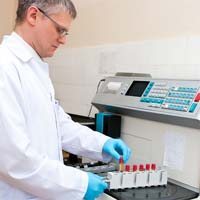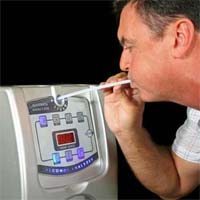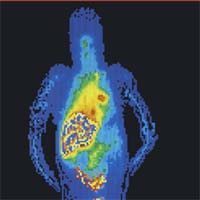New Biomarker May Help Diagnose Mesothelioma
Scientists in Japan believe that a protein found in the blood serum of rheumatoid arthritis patients may help doctors diagnose malignant pleural mesothelioma earlier. Every year in the U.S., as many as 3,000 people are diagnosed with mesothelioma, a fast-growing asbestos-linked cancer that often causes few symptoms until in its later stages, when treatment options may be limited. Because earlier detection can increase the odds of survival, researchers around the world are searching for methods to detect mesothelioma sooner. Much of that research has centered on substances, known as biomarkers, that are overproduced by tumor cells and can be detected in blood serum. The latest biomarker found to be elevated in mesothelioma cells is serum thioredoxin-1 (TRX), a biomarker for rheumatoid…








